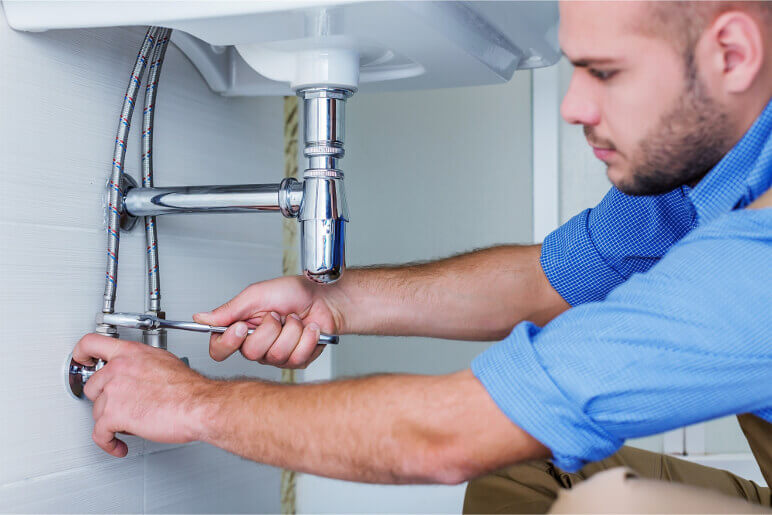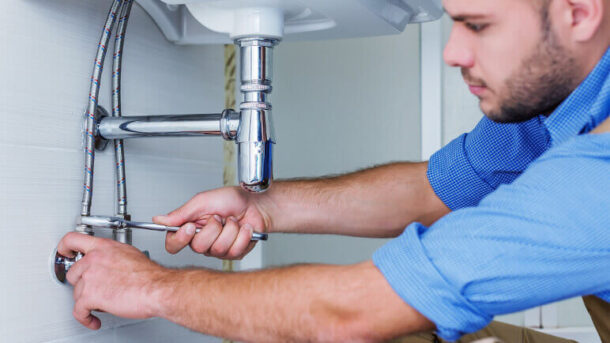
Taking care of your home’s plumbing is easier than you think! With a little attention and regular maintenance, you can prevent messy leaks and costly repairs.
So, in today’s post, we give you this simple checklist to help you keep your pipes, faucets, and drains in top shape year-round. Let’s get started!
1. Check for Leaks Regularly
Leaks can sneak up on you. Small drips might seem harmless, but they can waste water and cause damage over time. For example, if a faucet leaks at a rate of one drip per second, it can waste around 3,000 gallons of water per year. Yikes!
So, inspect under sinks, around toilets, and behind appliances for moisture or water stains regularly. Catching leaks early saves money and headaches!
2. Test Your Water Pressure
Good water pressure makes daily life easier, but too much pressure can strain your pipes.
Ideally, your home’s water pressure should be between 40 and 60 psi. But if it’s too high, installing a pressure regulator can protect your plumbing.
3. Clean Drains Monthly
Slow drains are annoying and can lead to bigger problems. So, prevent clogs by cleaning your drains every month.
Pour a mix of hot water, baking soda, and vinegar down the drain to keep things flowing smoothly. Avoid chemical drain cleaners, as they can harm your pipes and weaken watertight seals.
4. Inspect Your Water Heater
Your water heater works hard every day. Help it last longer by checking it twice a year.
Look for signs of rust, leaks, or strange noises. Drain the tank annually to remove sediment buildup. This simple task improves efficiency and extends its life.
5. Look at Outdoor Plumbing
Don’t forget about plumbing outside your home! Check outdoor faucets and hoses for leaks or cracks.
In colder months, disconnect hoses and cover faucets to prevent freezing. Keeping outdoor fixtures in good shape protects your entire system.
6. Keep an Eye on Your Toilet
Toilets can waste gallons of water if they leak. Test yours by adding a few drops of food coloring to the tank. Wait 30 minutes without flushing. If the color appears in the bowl, you have a leak. Replacing a flapper is a quick and easy fix.
7. Soften Hard Water
Hard water can be tough on your plumbing. It leaves mineral deposits that clog pipes and reduce efficiency.
So, if you notice spots on dishes or buildup around faucets, you might have hard water. Consider installing a water softener to protect your pipes and appliances.
8. Schedule a Yearly Inspection
Even if you perform regular maintenance, it is best to have a professional perform an inspection once a year. This can detect hidden problems early and allow for a comprehensive inspection. Remember: early detection can prevent major problems later!



